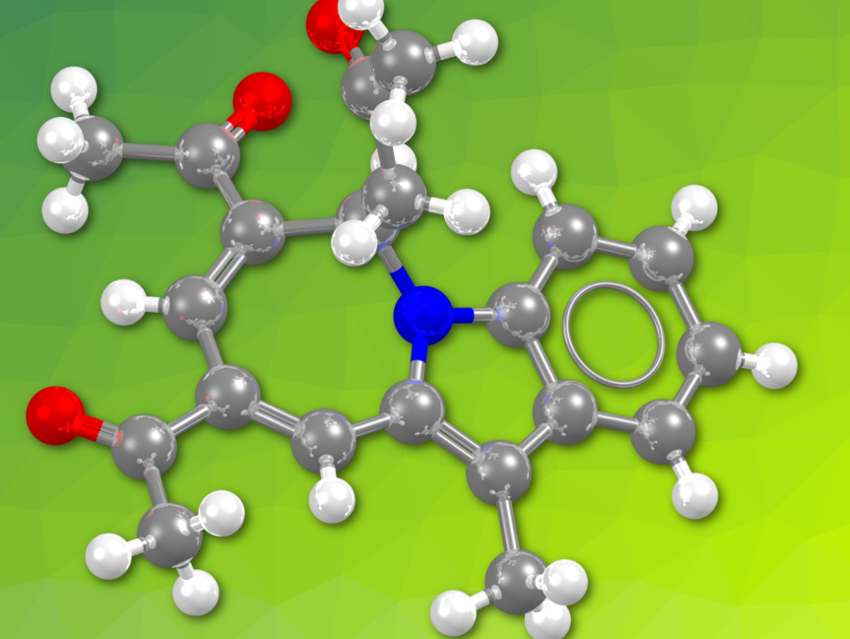The Cambridge Structural Database (CSD) is the world’s repository for experimentally determined organic and metal-organic crystal structures. It is used globally by scientists to understand how molecules behave and interact in three dimensions in the solid form and ultimately how this affects physical properties. Compilation of this resource began in 1965 with just a few hundred structures. The Cambridge Crystallographic Data Centre (CCDC) has now announced a milestone for structural chemistry with the archival of the millionth crystal structure to the CSD.
X-ray crystallography is the method of choice for the characterization of newly discovered compounds. The diffraction of X-rays by crystals was discovered by Max von Laue in 1912. Since then, the technique has grown to become central to modern chemistry. It is distinguished from other analytical methods by the sheer richness of the information that it provides: Not only does it give the precise three-dimensional structure and geometry of individual molecules, but also vital information about how molecules interact with each other.
Today, the structural data in the CSD used together with advanced search, 3-D data mining, analysis and visualisation software enables scientists from both industry and academia to further their research and predict new outcomes. Knowledge derived from the CSD underpins computational chemistry and molecular modelling, is used in the development and manufacturing of new drugs, and to teach chemistry.
The 1,000,000th structure is 1-(7,9-diacetyl-11-methyl-6H-azepino[1,2-a]indol-6-yl)propan-2-one (pictured above), a N-heterocycle produced by a chalcogen bonding catalyst. In their paper, Yao Wang and co-authors from Shandong University in China describe a class of extraordinary chalcogen-bonding catalysts which enable the assembly of discrete small molecules leading to the construction of N-heterocycles in a highly efficient manner.
Crystallographers can deposit organic, inorganic and metal-organic structures through a unified deposition service. A variety of checks alert the researchers about the validity, integrity, and originality of their data. The data can either be shared immediately or, when destined for inclusion in a scientific article, are automatically shared at the point of publication through workflows with most major publishers. All entries are freely accessible (as deposited by authors) by anyone to view and retrieve.
The CCDC itself is a not-for-profit organization and a UK Research Council Independent Research Organisation and a University of Cambridge Partner Institute
- Cambridge Crystallographic Data Centre (CCDC), CSD One Million, 2019.
Sponsored content is not written by and does not necessarily reflect the views of ChemistryViews’s editorial staff.
Read More



